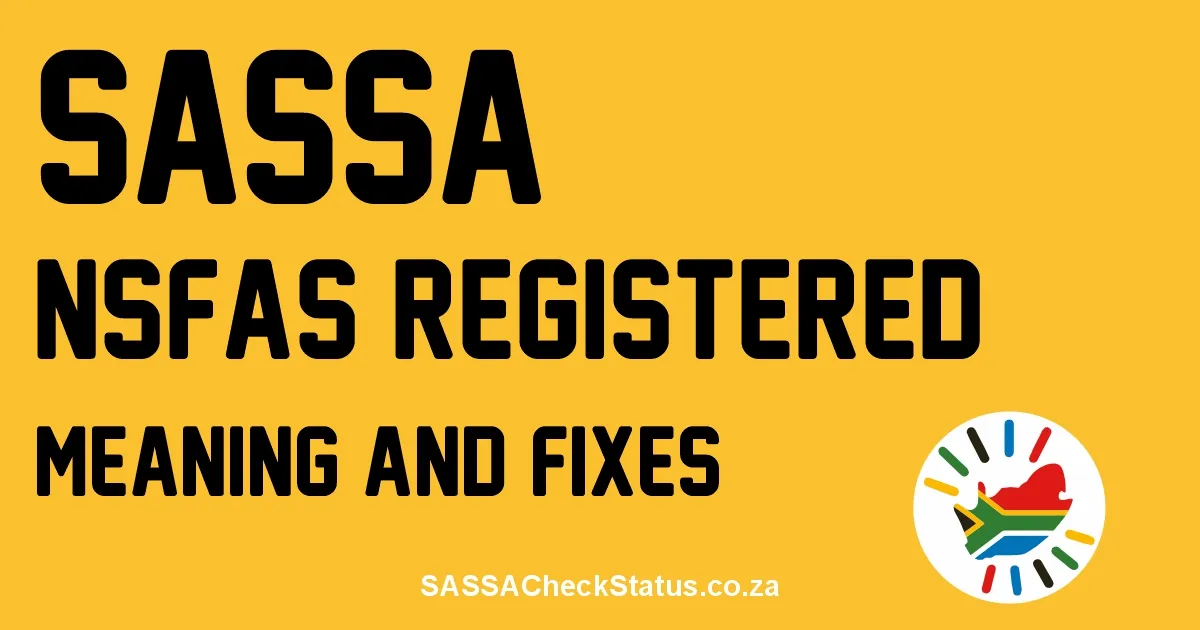
Your SASSA SRD grant got declined with “NSFAS registered” status? This could happen if you applied for financial support as a student in NSFAS but were rejected or if you were a beneficiary in the past. Another possibility is somebody fraudulently used your ID to apply for NSFAS. Don’t panic – thousands of South Africans face this issue every month. Here’s exactly how to fix this problem and get your R370 grant approved.
What Does NSFAS Registered Status Mean
The “NSFAS registered” status means that the NSFAS database shows your record when SASSA checks it by entering your ID for SRD grant verification. When you apply for the SRD grant, SASSA automatically checks your ID number against multiple government databases including NSFAS.
If your ID appears in the NSFAS system, SASSA assumes you receive student funding. This means that Sassa has found out that you are on the NSFAS database and are receiving a bursary as well as a monthly allowance throughout the course of your tertiary studies. The system then rejects your SRD application because NSFAS funding counts as government assistance.
One of the main requirements to be eligible for the SRD grant is for you to not be receiving any additional source of income, grants, which includes NSFAS, or UIF benefits.
Why Your ID Shows NSFAS Registered
Your SASSA status shows “NSFAS registered” for several reasons:
- Past NSFAS Applications: You applied for NSFAS funding before but got rejected. Your ID remains in their database even though you never received money.
- Previous NSFAS Beneficiary: You received NSFAS funding in past years but no longer study. The system still flags your ID as registered.
- Identity Fraud: Someone used your ID number to apply for NSFAS without your knowledge. This happens more often than you think.
- Database Delays: NSFAS records might not reflect your current student status. If you dropped out or completed studies, their system may still show you as active.
SASSA NSFAS Registered Status Fix Methods
Submit SASSA Reconsideration Request
- You can fix this status error by submitting a reconsideration application or appeal on the SASSA website. Follow these exact steps:
- Visit the SASSA reconsideration page at https://srd.sassa.gov.za/sc19/reconsideration
- Enter your 13-digit South African ID number in the first box. Type your SASSA registered phone number in the second box.
- Click “Send Pin” and wait for the SMS. Enter the OTP you receive on your phone.
- Select the month you want to appeal for your SRD grant. Choose “NSFAS registered” as your reason for appeal.
- Explain clearly that you do not receive NSFAS funding currently. Submit your application and save the reference number.
- SASSA will inform you about your application status through SMS. The process typically takes 60 to 90 days.
File SASSA Appeal Through ITSAA
If your reconsideration gets rejected, submit an appeal to the Independent Tribunal for Social Assistance Appeals. The R370 grant appeal, often referred to as a request for reconsideration, is a formal process that allows applicants whose grants were declined to have their case reviewed by an independent body.
Visit the SASSA appeals portal and log in with your details. State clearly why the NSFAS registered decision was wrong. Upload supporting documents like bank statements showing no NSFAS payments.
The SASSA appeal process is governed by Independent Tribunal for Social Assistance Appeals, so don’t forget to take action within 30 days of receiving rejection notification.
Required Documents to Fix NSFAS Status
Gather these documents to support your reconsideration:
- Bank Statements: Three months of statements showing no NSFAS deposits
- NSFAS Status Letter: Official confirmation from NSFAS that you’re not funded
- Student Records: Proof you completed studies or dropped out
- Identity Documents: Certified copy of your ID book and proof of address
Bank statements (if disputing income or means test). Letter of termination from employer or proof of unemployment. Affidavit or letter from UIF/NSFAS if their records were outdated.
How Long Does NSFAS Status Fix Take
The process typically takes 60 to 90 days, and you will be informed of the outcome via SMS. However, some cases take longer depending on SASSA’s workload.
- Reconsideration: 60-90 days for initial review
- Appeal: Additional 60-90 days if reconsideration fails
- Fraud Investigation: Several months if identity theft involved
Keep this in mind! The whole process may take several months. However, by fixing this error, you will finally qualify for an SRD grant.
Monthly Appeal Requirements
You must file a separate reconsideration application or appeal for each month the error appears, within 30 days of rejection. If your June application got declined for NSFAS registered, you must appeal specifically for June. When July gets declined for the same reason, file another appeal for July.
SASSA Payment Dates After Status Fix
| Grant Type | Payment Period | Expected Dates |
|---|---|---|
| SRD R370 | Monthly | 25-30 of each month |
| Old Age Grant | Monthly | 3rd of each month |
| Disability Grant | Monthly | 4th of each month |
| Child Support | Monthly | 5th of each month |
Once SASSA fixes your NSFAS registered status, you’ll start receiving monthly payments according to these schedules.
Identity Verification Requirements
SASSA is enforcing strict electronic ID verification checks and verifying phone numbers for fraud risk. Some beneficiaries need additional verification steps.
Those who receive an “identity verification” status must take immediate action to avoid delays in their SASSA R370 grant payments for May 2025.
Complete identity verification at https://srd.sassa.gov.za or visit your nearest SASSA office. Bring your green ID book, proof of address, and any supporting documents.
Report NSFAS Identity Fraud
If someone used your ID fraudulently for NSFAS, take these steps:
Contact NSFAS directly to report identity theft. File a case with SASSA Fraud Investigations unit. You can file a case with SASSA Fraud Investigations to prove that your identity has been misused in NSFAS records if SASSA rejects your appeal about the “NSFAS registered” status.
Open a criminal case at your local police station. Get an affidavit confirming you never applied for NSFAS funding.
Submit this evidence with your SASSA reconsideration request. This proves you’re not actually an NSFAS beneficiary.
FAQs About NSFAS Registered Status Meaning in SASSA
Can I get SRD grant if I was previously an NSFAS student but graduated?
Yes, you can apply for the SRD grant after completing your studies. You must prove you no longer receive NSFAS funding through bank statements and official letters.
What happens if my NSFAS funding stopped but SASSA still shows me as registered?
Submit a reconsideration request with proof that your NSFAS funding ended. Include your final NSFAS statement and academic records showing completion or termination.
How many times can I appeal the NSFAS registered status decision?
You can appeal each month separately within 30 days of rejection. There’s no limit to monthly appeals, but each must be filed individually for that specific month.
Does applying for NSFAS automatically disqualify me from SRD grant forever?
No, simply applying for NSFAS doesn’t permanently disqualify you. The issue arises when SASSA finds your ID in NSFAS database, even if you were rejected or never received funding.
Can I receive both NSFAS and SASSA grants at the same time?
No, you cannot receive both simultaneously. NSFAS funding includes living allowances that count as government assistance, making you ineligible for SRD grant.
How do I check if someone used my ID for NSFAS fraudulently?
Contact NSFAS student support to verify if applications exist under your ID number. Request your NSFAS history and compare it with your actual study record.
Will fixing my NSFAS status guarantee SRD grant approval?
Fixing the NSFAS issue removes one barrier, but you must still meet all other SRD eligibility requirements including income thresholds and citizenship status.
Conclusion
Getting declined for “NSFAS registered” status doesn’t mean you’re permanently disqualified from the SRD grant. Most cases get resolved through the reconsideration process when you provide proper documentation.
The most important step is acting quickly – submit your reconsideration within 30 days of each rejection. Gather bank statements, NSFAS correspondence, and identity documents to support your case. If reconsideration fails, escalate to the appeals tribunal.
Remember to appeal each declined month separately and keep all reference numbers for tracking. With persistence and proper documentation, you can fix this status error and start receiving your monthly R370 payments.
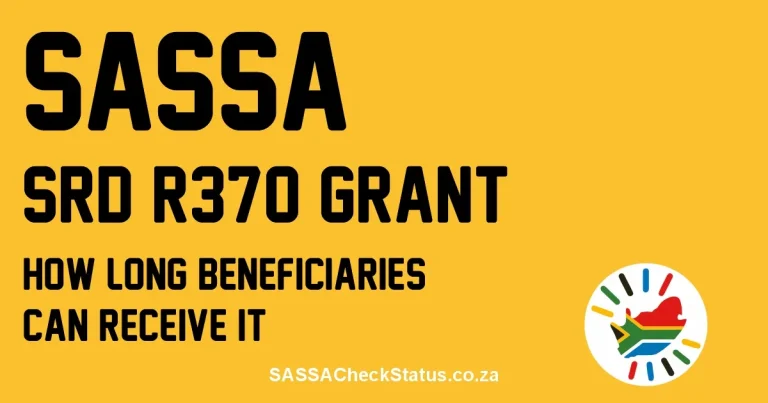
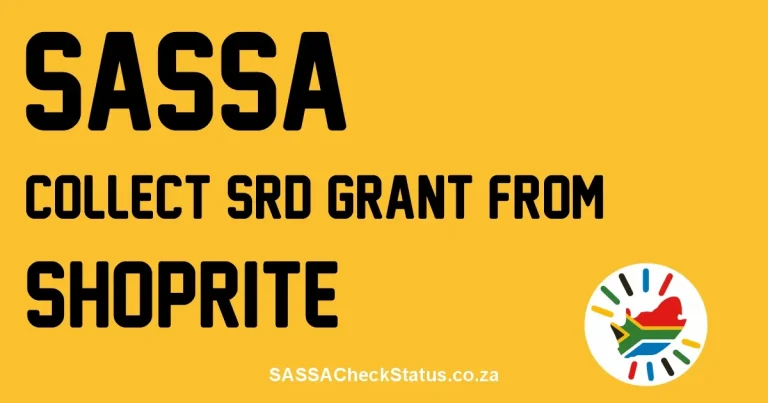
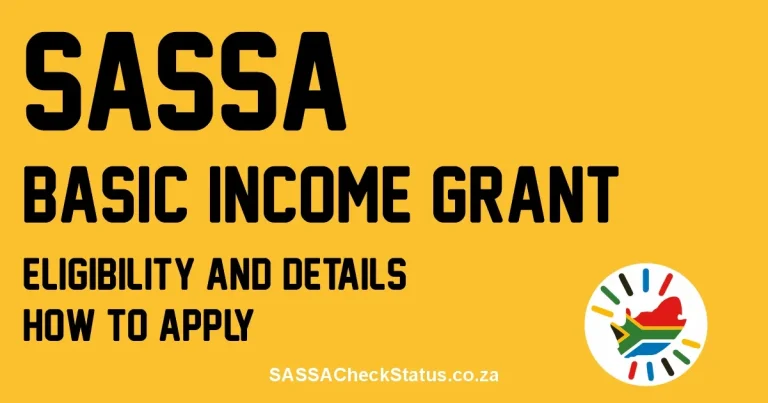
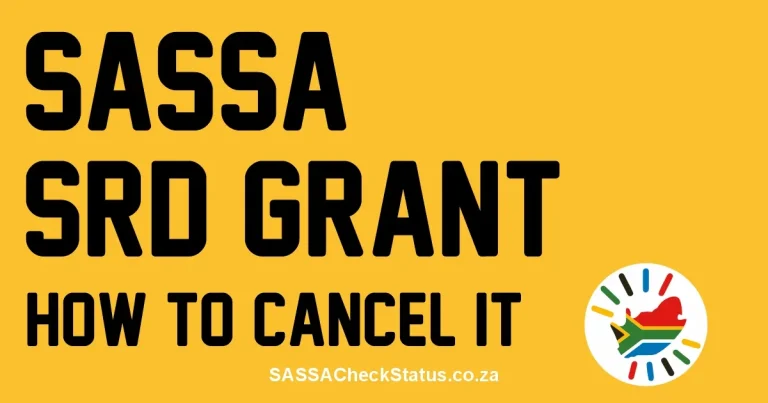
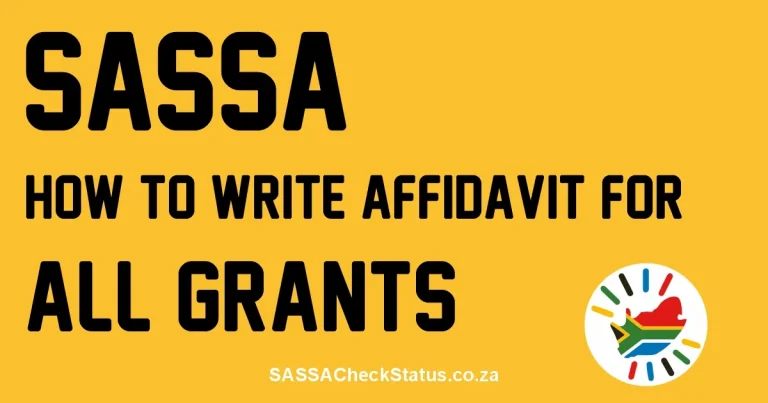
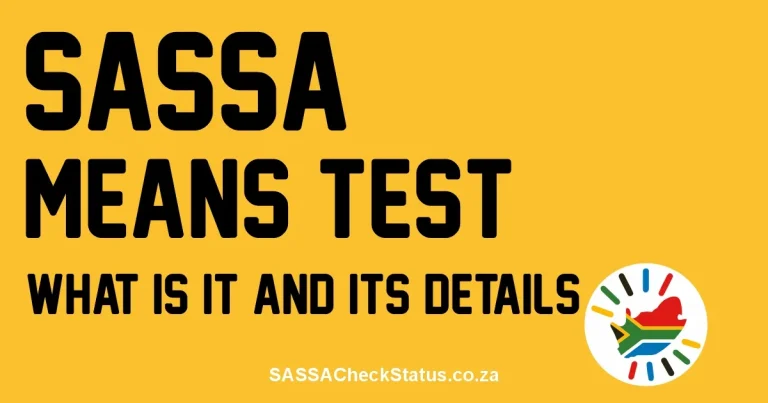
I’m sbonelo futha Thabethe my sassa declined they said I’m registered to NSFAS